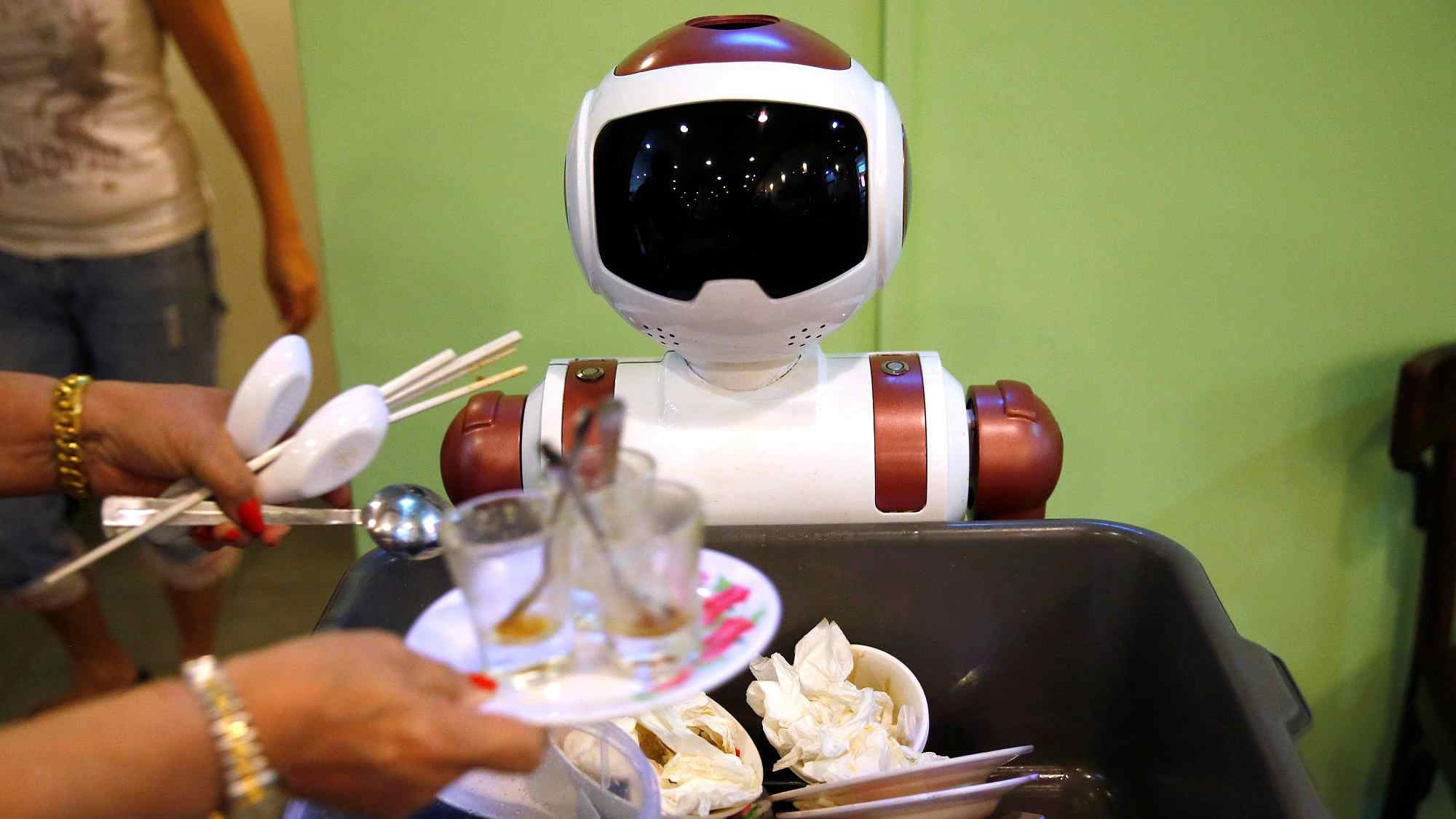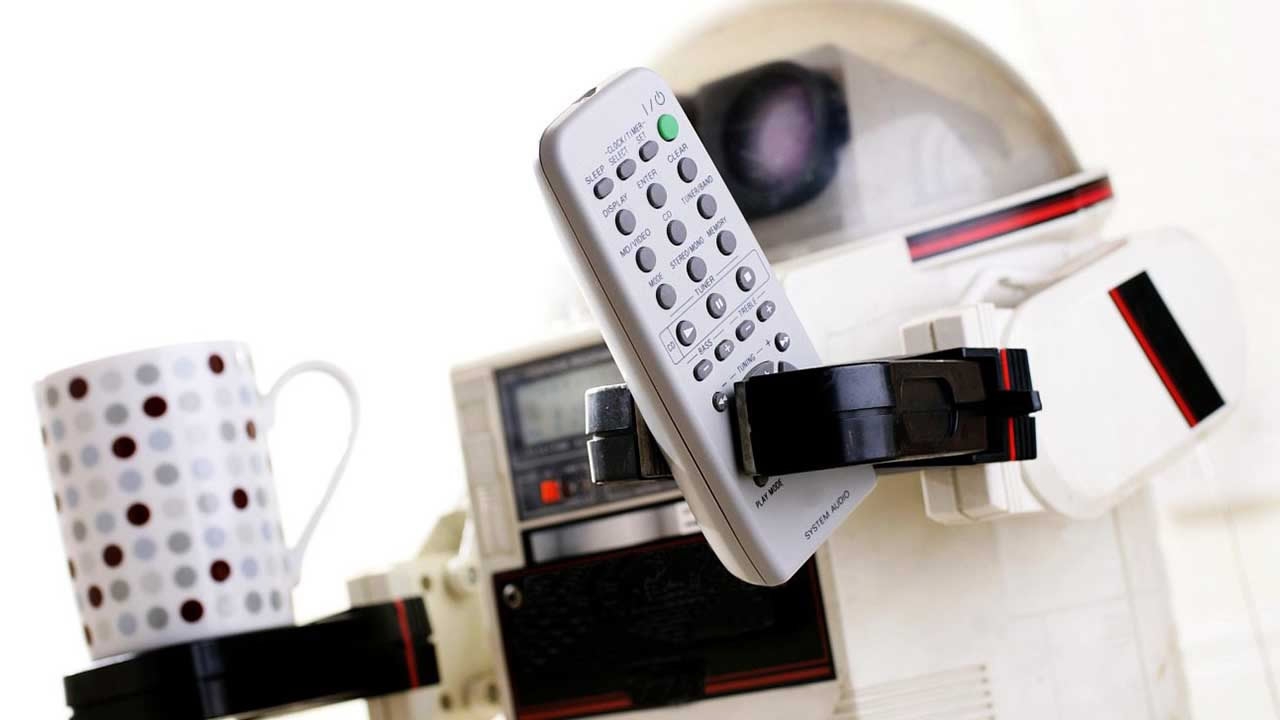Businesses in Singapore have long complained about a shortage of labor which they say has pushed up wages. Now they're seeking to push back against labor costs, replacing people with robots.
Consumers in Singapore can enjoy robots' service in their daily life.
“Your hot latte is on its way,” said E-bot, a food delivery robot in a local cafe. It can accept payments, go down ramps, and take lifts with other staring passengers. The government agency e2i, which assists workers and employers through career guidance and job matching services, employs the bot. Against the backdrop of rising labor costs and a shortage of manpower, e2i wants to showcase e-bots as a possible solution for future employment in Singapore.
“I think the issue out there is that we need something to be showcased, piloted, tested, and test-bedded, so when we first did it, we had to overcome some of these challenges: how the robot communicates with the home base, how do we get the safety of the robot in place, because this is a crowded campus,” said Gilbert Tan, CEO of Singapore Employment & Employability Institute.

A robot collects dishes to be cleaned at Chilli Padi Nonya Cafe in Singapore July 6, 2016. /CFP Photo
Safe interaction between humans and machines is key for a project like this. E-bots are smart enough to avoid obstacles, but sometimes human error could stop them from doing their job, and they'd need a helping hand.
“The robot has two emergency locks on the side. Once, someone who may have been curious touched one of the buttons. As a result, E-bot was locked in the lift for a long time. So I went to look for it and unlocked it, and it walked back slowly,” said Aisha Wong, a cafe worker in Singapore.
Singapore has allocated more than 320 million dollars to support the national robotics program since last year. The finance minister says robotics technology can enable Singapore to work more efficiently in a tight labor market. It can also create more high value-added jobs.
One company that’s convinced that automation and robotics is the way forward is SATS. The airport service and in-flight catering company controls 80 percent of Changi Airport’s ground handling and catering business. In the past few years, SATS has managed to grow its business, but maintain labor costs, thanks to productivity measures such as robots and automated guided vehicles.
“Because technology on its own without the support of the people won’t work. The drawback of a lot of these new technologies is that they are fundamentally less flexible than human beings and so you need the human element to work out how they can be best used, because it’s about complimenting the passion and the creativity of people with technology to make them more productive,” said Alexander Hungate, CEO of SATS, emphasizing the role people are playing in leading the changes.
Will robots take over human jobs in the future? The answer is a definite yes and it’s happening now. But they are only there to make humans more productive and more creative. After all, technology can’t replace the human touch.
Copyright © 2017

